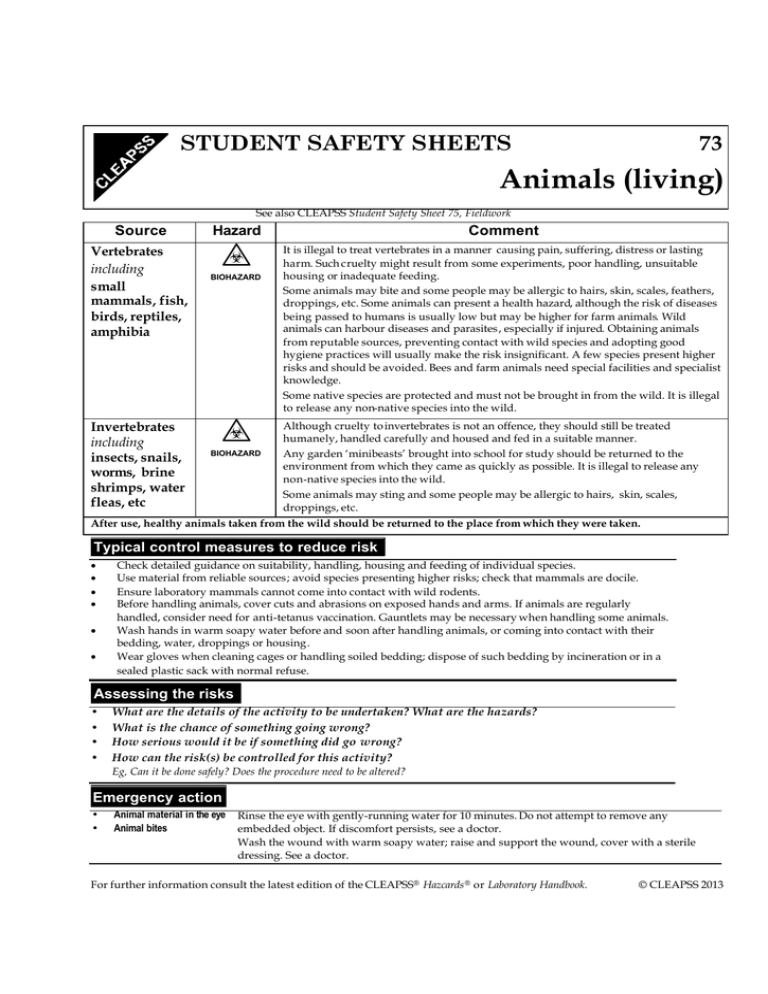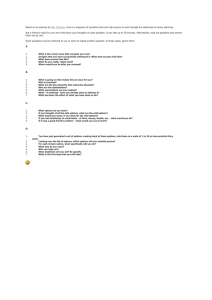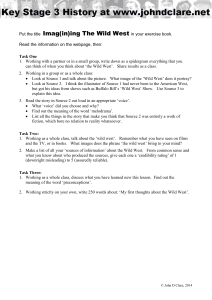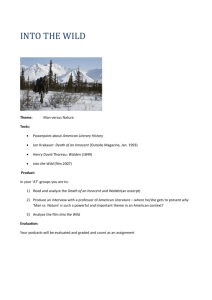Animals (living) b 73
advertisement

73 STUDENT SAFETY SHEETS Animals (living) See also CLEAPSS Student Safety Sheet 75, Fieldwork Source Hazard Comment Vertebrates including small mammals, fish, birds, reptiles, amphibia b It is illegal to treat vertebrates in a manner causing pain, suffering, distress or lasting harm. Such cruelty might result from some experiments, poor handling, unsuitable housing or inadequate feeding. Some animals may bite and some people may be allergic to hairs, skin, scales, feathers, droppings, etc. Some animals can present a health hazard, although the risk of diseases being passed to humans is usually low but may be higher for farm animals. Wild animals can harbour diseases and parasites, especially if injured. Obtaining animals from reputable sources, preventing contact with wild species and adopting good hygiene practices will usually make the risk insignificant. A few species present higher risks and should be avoided. Bees and farm animals need special facilities and specialist knowledge. Some native species are protected and must not be brought in from the wild. It is illegal to release any non-native species into the wild. Invertebrates including insects, snails, worms, brine shrimps, water fleas, etc BIOHAZARD b BIOHAZARD Although cruelty to invertebrates is not an offence, they should still be treated humanely, handled carefully and housed and fed in a suitable manner. Any garden ‘minibeasts’ brought into school for study should be returned to the environment from which they came as quickly as possible. It is illegal to release any non-native species into the wild. Some animals may sting and some people may be allergic to hairs, skin, scales, droppings, etc. After use, healthy animals taken from the wild should be returned to the place from which they were taken. Typical control measures to reduce risk • • • • • • Check detailed guidance on suitability, handling, housing and feeding of individual species. Use material from reliable sources; avoid species presenting higher risks; check that mammals are docile. Ensure laboratory mammals cannot come into contact with wild rodents. Before handling animals, cover cuts and abrasions on exposed hands and arms. If animals are regularly handled, consider need for anti-tetanus vaccination. Gauntlets may be necessary when handling some animals. Wash hands in warm soapy water before and soon after handling animals, or coming into contact with their bedding, water, droppings or housing. Wear gloves when cleaning cages or handling soiled bedding; dispose of such bedding by incineration or in a sealed plastic sack with normal refuse. Assessing the risks • • • • What are the details of the activity to be undertaken? What are the hazards? What is the chance of something going wrong? How serious would it be if something did go wrong? How can the risk(s) be controlled for this activity? Eg, Can it be done safely? Does the procedure need to be altered? Emergency action • • Animal material in the eye Animal bites Rinse the eye with gently-running water for 10 minutes. Do not attempt to remove any embedded object. If discomfort persists, see a doctor. Wash the wound with warm soapy water; raise and support the wound, cover with a sterile dressing. See a doctor. For further information consult the latest edition of the CLEAPSS® Hazcards ® or Laboratory Handbook. © CLEAPSS 2013




